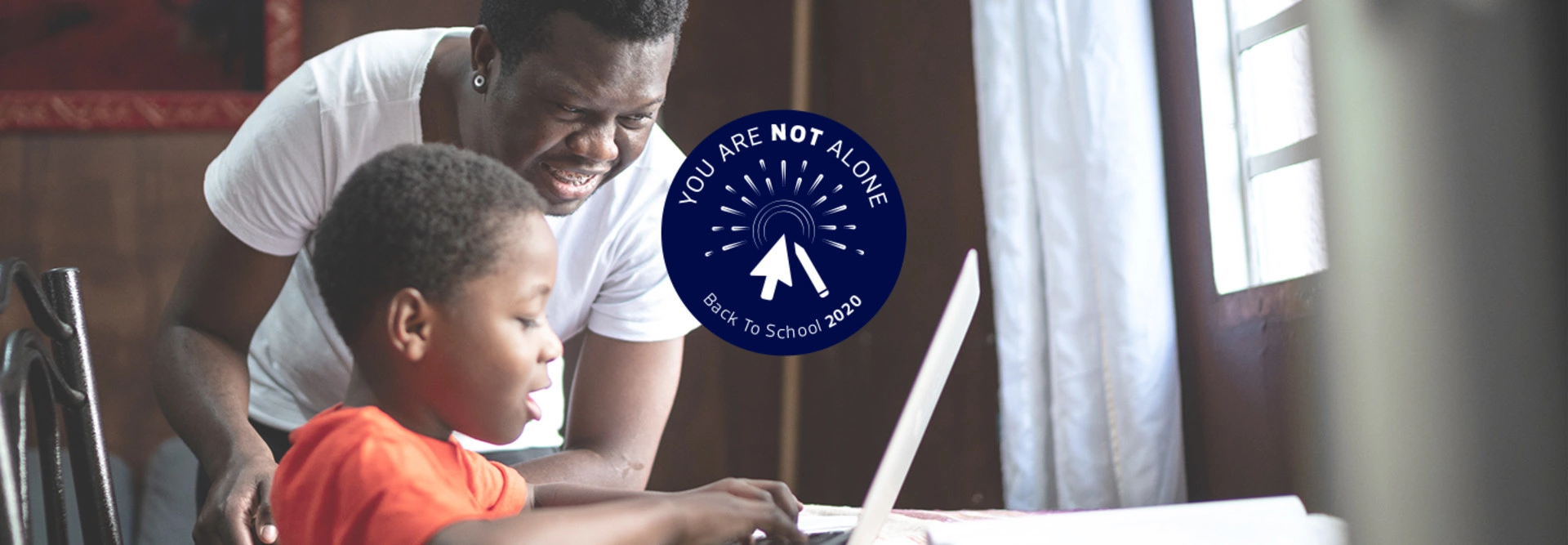
So what is Parent University? An online resource center dedicated to supporting parents. Parents are taking on a greater role in educating their children then ever before and we understand you need help too.
So we created Parent University, to help you transition your child's learning from grade to grade, from struggling to success, from success to accelerated and now a days, from the classroom to the living room. At Parent University you will find resources that will help you navigate your child's educational journey.
Join Us
This past March, nearly every school across the United States closed down the doors of their brick-and-mortar buildings to help stop the spread of the coronavirus.
Read More
As schools across the nation close to protect students and educators from COVID-19, many parents and caregivers are seeking ways to support their children’s learning outside of the classroom.
Read More
Every parent knows the feeling of looking at his or her kid's writing and wanting to fix it. This doesn't change as kids get older. I see my son write insightfully about Holden Caulfield.
Read More
The coronavirus pandemic catapulted educators, students and their families into a new reality when schools shut down in the spring. Now, with many districts resuming remote learning, parents and guardians are playing a more hands-on role in their children’s education.
Read More
All school year, Montenique Woodard’s seventh period, her last class of the day, has been her hardest. “I feel like I don't know what to do with them,” she said of her middle school science class when Edutopia first talked to her back in the fall.
Read More
In recent weeks, amid the stresses caused by COVID-19 and the resulting closure of virtually all schools, some have found it easier to learn and teach—or at least, no more difficult. Three stories about some unexpected benefits of remote learning hold lessons for how to get schools to serve all students more effectively.
Read More
Among teachers and students, there’s a widespread understanding that online courses are a poor substitute for the quintessential education experience.
Read MoreIf there is something that you are searching for, perhaps one of team members can assist you. Please email us at: info@aplusvirtual.com